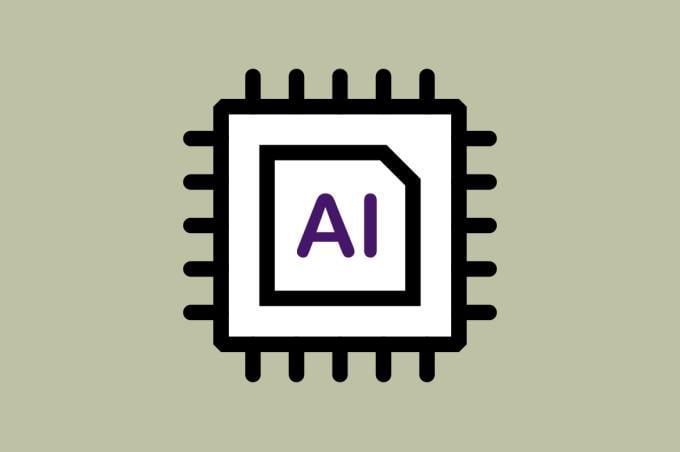Older adults are more likely to have chronic conditions, disabilities and severe complications from COVID-19, making equitable access to telehealth services essential. But many Medicare patients are unable to connect to the necessary technology or are unready to use it, according to two research letters published in JAMA Internal Medicine.
More than 41% of Medicare patients lack access to a desktop or laptop computer with a high-speed internet connection at home, almost 41% don’t have a smartphone with a wireless data plan, and more than 26% didn’t have access to either, according to the research from University of Pittsburgh and Harvard Medical School researchers.
The researchers analyzed responses to the 2018 American Community Survey from Medicare beneficiaries who were not living in nursing homes. They found that those less likely to have digital access were 85 or older, widowed, Black or Hispanic, enrolled in Medicaid, had a disability, or had a high school education or less.
“Our results underscore a need to address disparities in digital access among patients,” their letter states. One solution they suggested was expanding a federal program that provides lower-cost telephone and internet access for low-income families to also provide help in obtaining devices needed for video visits.
The AMA Telehealth Implementation Playbook includes guidance on identifying needs, forming teams and defining success, as well as designing workflows, partnering with patients and scaling operations. Also check out the AMA’s quick guide to telemedicine in practice.
Telehealth “unreadiness” and inequity
In the other letter, researchers from the geriatrics division at the University of California, San Francisco, found that up to 20% of older adults may be “unready” for telehealth visits.
The Centers for Medicare & Medicaid Services (CMS) helped when it made payment for audio-only visits equal to that of audio-visual communication and inpatient visits, but the UCSF researchers say “phone visits are suboptimal for care that requires visual assessment.”
They analyzed responses from Medicare beneficiaries participating in the National Health and Aging Trends Study to calculate late how many individuals were “unready” for telehealth because they:
- Had difficulty hearing well enough to use a telephone—even with hearing aids.
- Had problems speaking or making oneself understood.
- Had possible or probable dementia.
- Had difficulty seeing well enough to read a newspaper or watch television—even with glasses.
- Did not own an internet-enabled device or were unaware of how to use one.
- Did not use email, texting, or internet in the past month.
It adds up to 13 million older adults who may have difficulty connecting with telehealth services, including “a disproportionate number of those may be among the already disadvantaged,” the researchers noted.
Indeed, unreadiness was more common in patients who were older, unmarried, men, Black or Hispanic, lived in rural areas, and who had less education, lower income and worse self-reported health.
Of patients 85 years and older, 72% met criteria for unreadiness.
“We are leaving behind a sizable number of older adults in this migration to telemedicine—and these are people living in homes, not facilities!” tweeted lead author Kenneth Lam, MD.
About 13,000 beneficiaries in fee-for-service Medicare were receiving telehealth services before the COVID-19 public health emergency. This number exploded to 1.7 million during the last week of this past April, according to “Early Impact of CMS Expansion of Medicare Telehealth During COVID-19,” a Health Affairs report written by CMS Administrator Seema Verma.
In all, more than 9 million Medicare beneficiaries received telehealth service between mid-March and Mid-June, Verma wrote.
But, even with this success, more needs to be done to reach those that cannot or are unable to connect with their physicians via telehealth, the UCSF researchers say.
“Policies should recognize and bridge this digital divide,” they wrote. “As telemedicine becomes ubiquitous, telecommunication devices should be covered as a medical necessity, especially given the correlation between poverty and telemedicine unreadiness.”
They suggest that accommodations be made, such as closed captioning for those with hearing impairment, to make virtual visits more accessible.
“To build an accessible telemedicine system, we need actionable plans and contingencies to overcome the high prevalence of inexperience with technology and disability in the older population,” Dr. Lam said in a UCSF news release. “This includes devices with better designed user interfaces to get connected, digital accommodations for hearing and visual impairments, services to train older adults in the use of devices and—for some clinicians—keeping their offices open during the pandemic.”
Read about how the AMA’s digital leadership is ensuring that the physician perspective is represented in the design, implementation and evaluation of new health care technologies.




